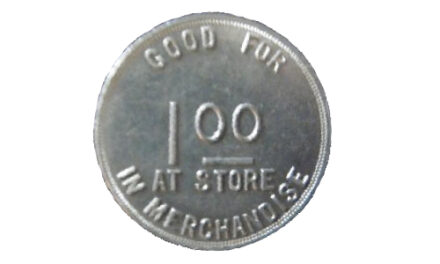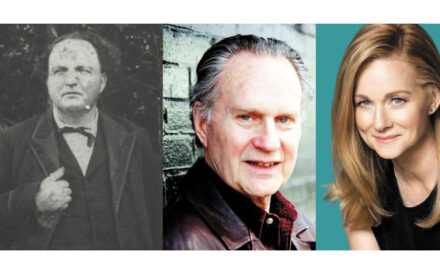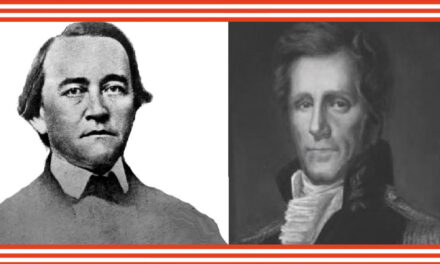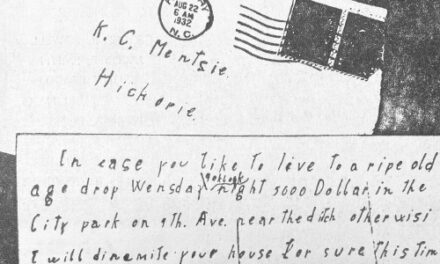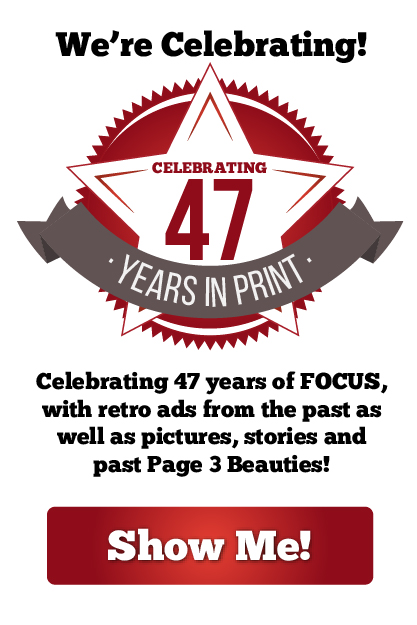
What is the buying power of a dollar? Certainly, less than it once was. The inflation rate for 2022 will likely be around 7.75%, higher than in 1990 when it was 5.4%, but less than 1980 when it hit 13.5%. Only in 2009, 1947, the early years of the Great Depression and just after World War I did the value of dollar actually deflate. What bought you a dollar’s worth in 1915 will now cost $29.51. If you look at it the other way, a 1915 dollar is worth about three cents today.
In that year, 1915, the downtown merchants of Hickory conceived a plan. What if they all came together to create “Dollar Day”, an event that offered prices “below cost in nearly every instance” for purchasers.” The effort marked Hickory’s attempt to announce itself as a center of consumer commerce.
It seems people were not shopping downtown. Many held the view that if you wanted real selection you needed to travel to larger cities like Charlotte to obtain most anything worth having. The shopkeepers of Hickory wanted to change that perception. Other, larger cities like High Point had already had their “Dollar Day,” but this would be the first in the western part of the state.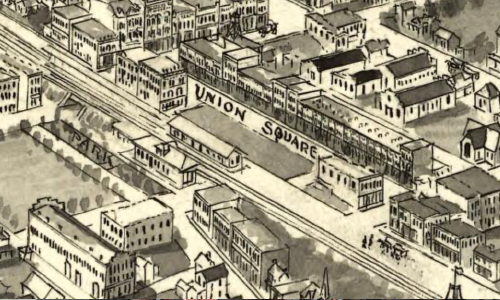
Hickory declared Thursday, October 7, 1915 as their very own “Dollar Day”, when for cash (or a check for the exact amount) incredible deals were available in downtown Hickory. This day was promoted as so spectacular that “it would be a good idea to make out a tentative list of those things one wishes to purchase and to have that list at hand Thursday morning.”
Merchants hoped to acquaint the public with all the ways that Hickory had changed from that little stopover tavern to a shopper’s city of opportunity. They stood ready to compete for retail business. By luring the buying public in with prices “which will not be duplicated anywhere at any time,” store owners sought to establish a relationship with people who did not think commerce in Hickory worthy of their time or effort. It was an exercise in community building.
Was it a success? Well, yes and no. “Most of the day the clerks were kept busy,” read one account, noting that some came from as far away as Lenoir (not an easy trip in 1915) to save money by buying. Unfortunately, it rained that day. “Had it not been for the unfavorable weather, the event would have been a splendid success,” reported the Hickory Daily Record. Also, doors may have opened too soon. Local folks snapped up the lion’s share of the bargains, leaving the shelves a bit barren by the time the trains rolled in with out of town customers. It was a lesson they said that “will have to be corrected another time.”
As an editorial remarked about the effort, “The best feature about the event, however, is the lesson taught home folks – that they can secure in Hickory those articles which they may fancy…If that lesson is learned, then it in itself well repaid the merchants for the trouble and expense of ‘Dollar Day’.”
The effort did indeed propel Hickory forward. After a few years, they dispensed with “Dollar Day”. Why? They didn’t need it. Business was good.
Photo: A birds-eyed view of downtown Hickory, drawn about 1907. (Image from the Library of Congress)



